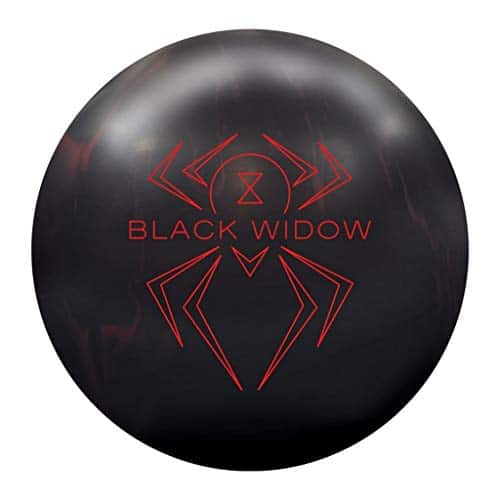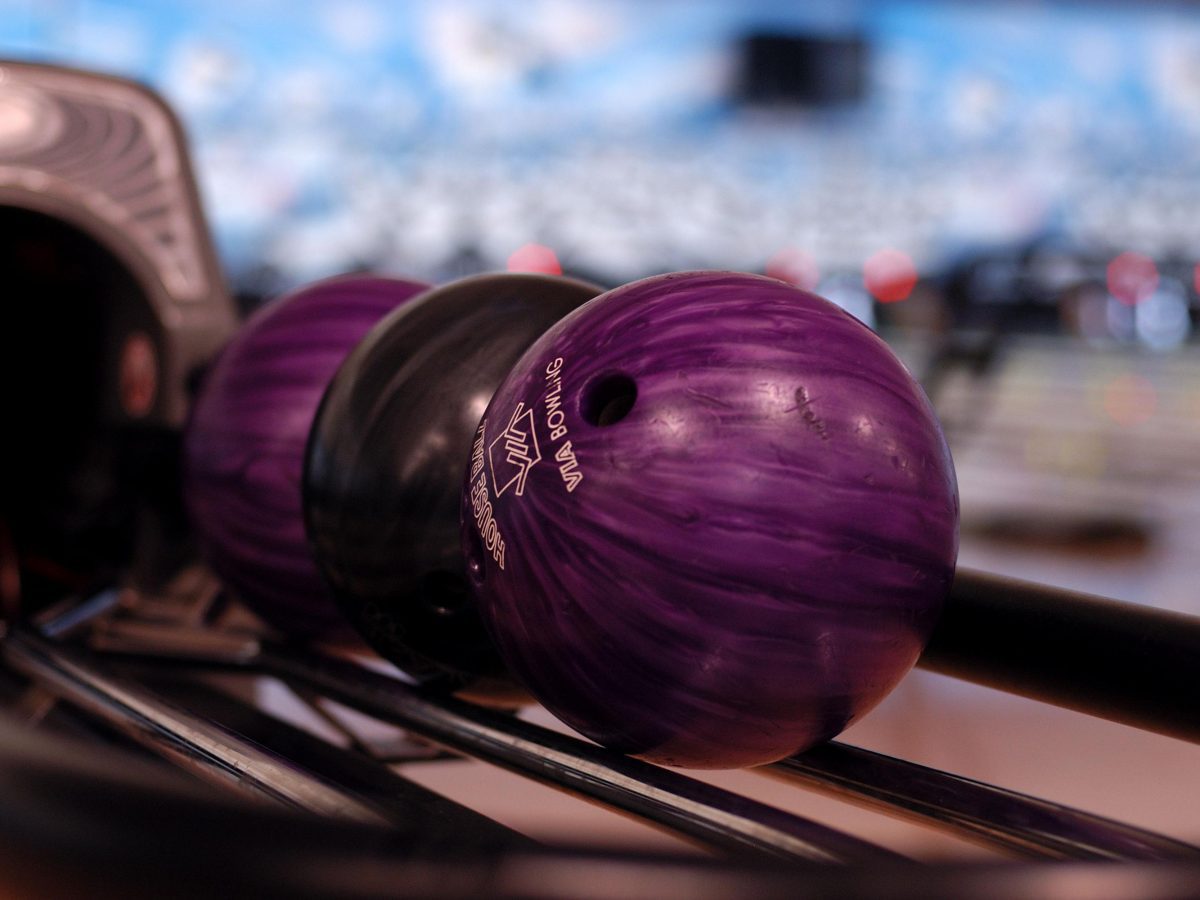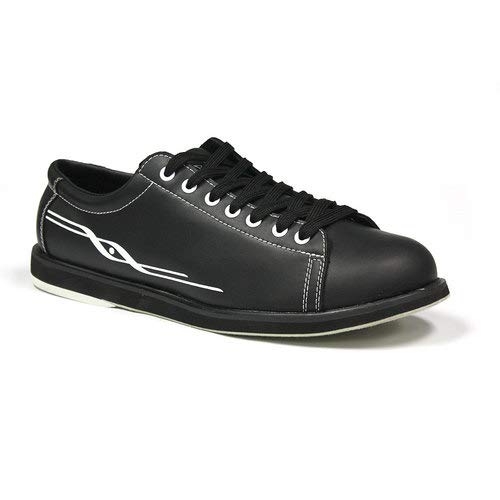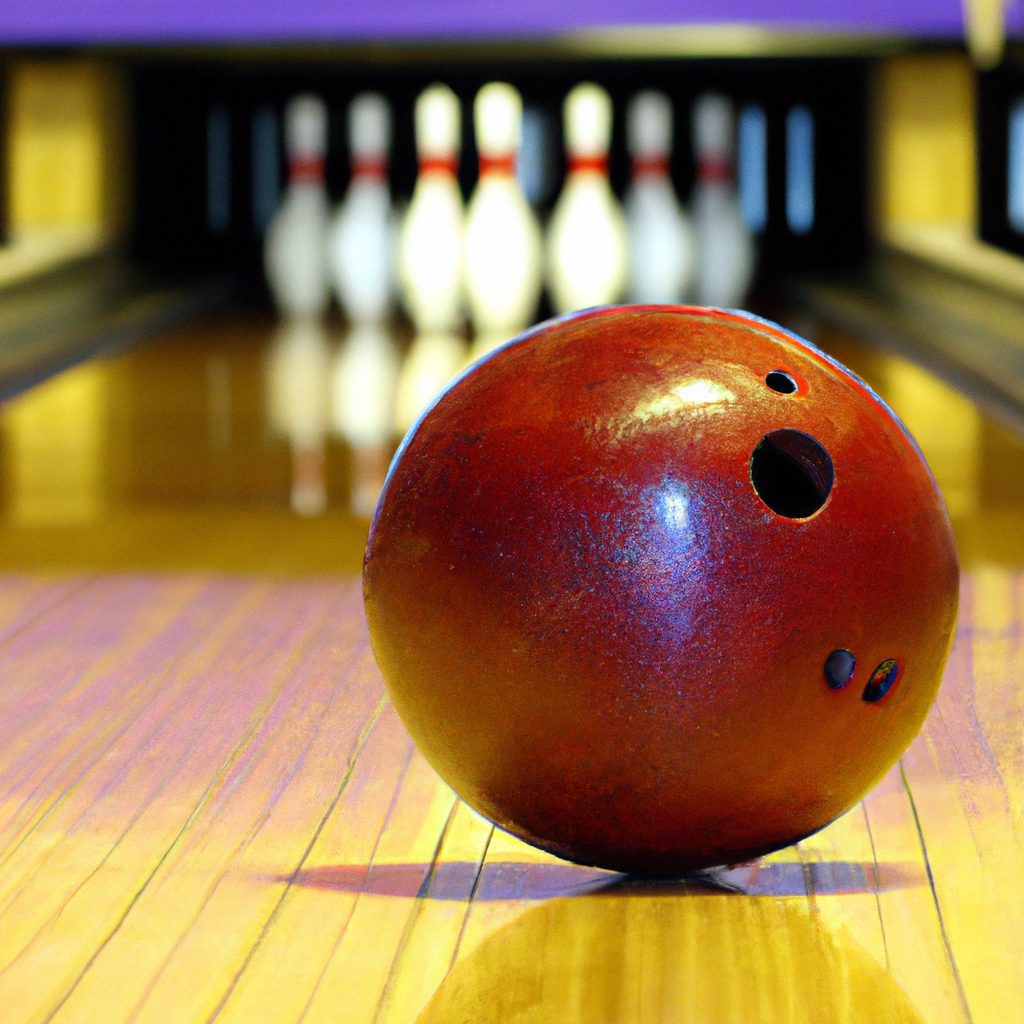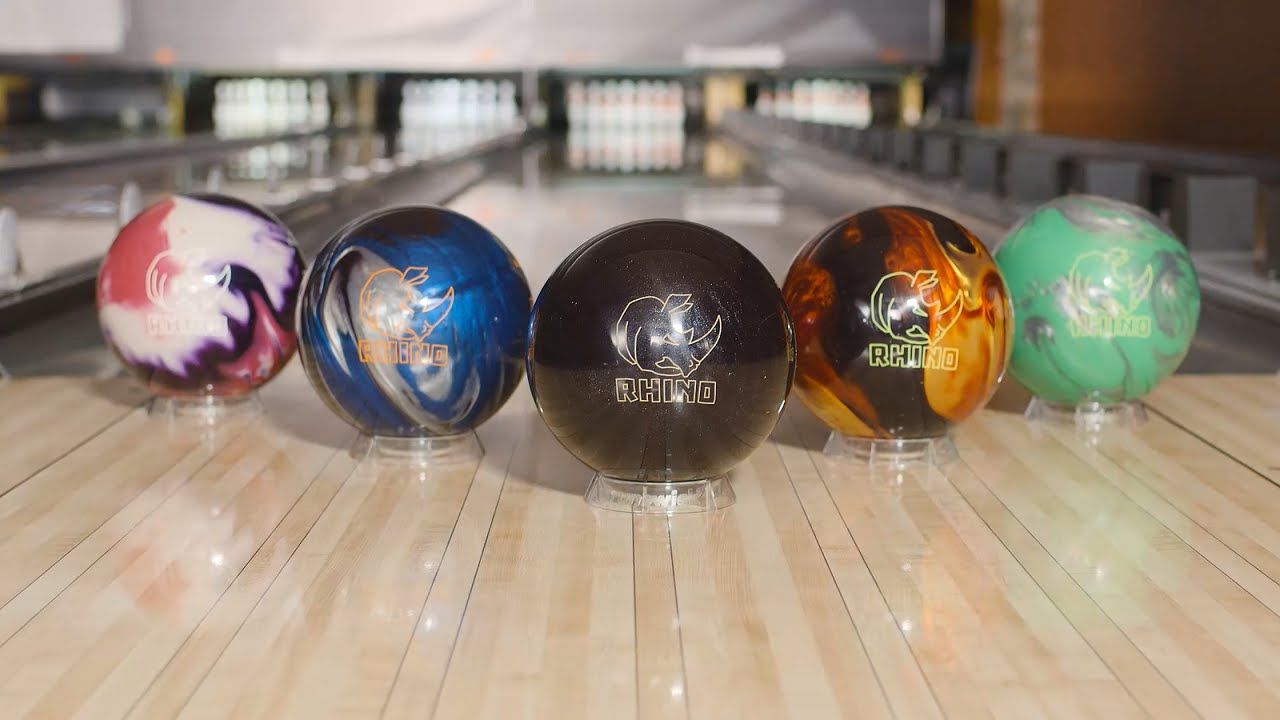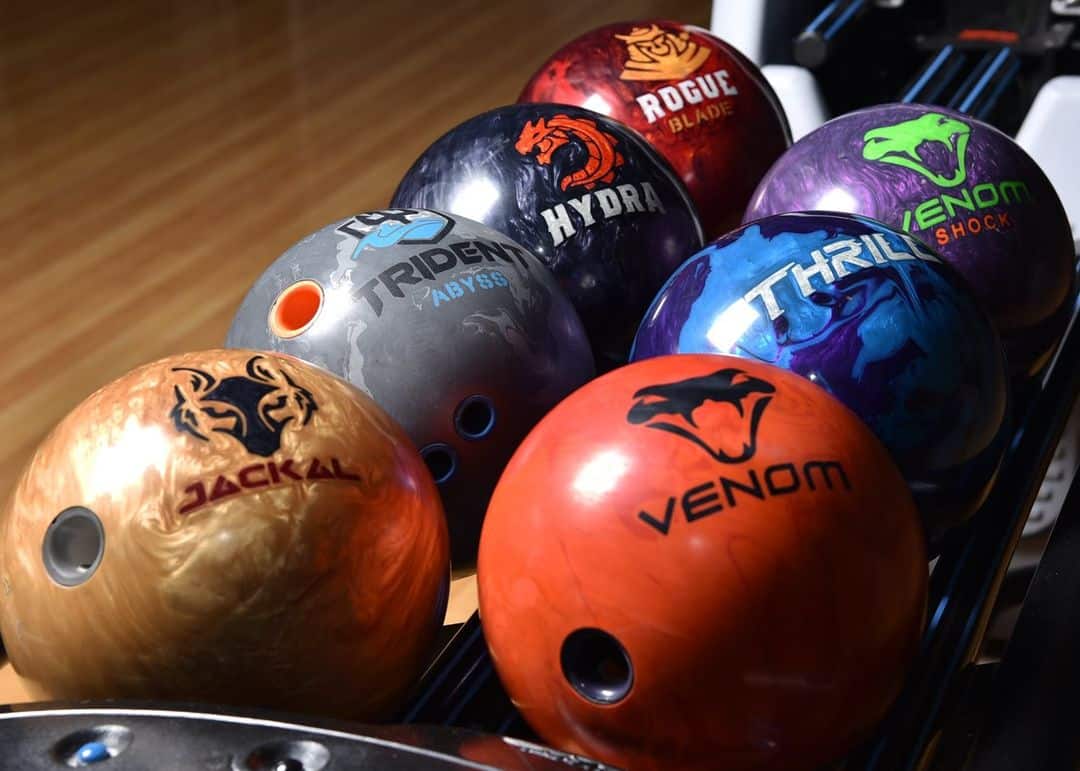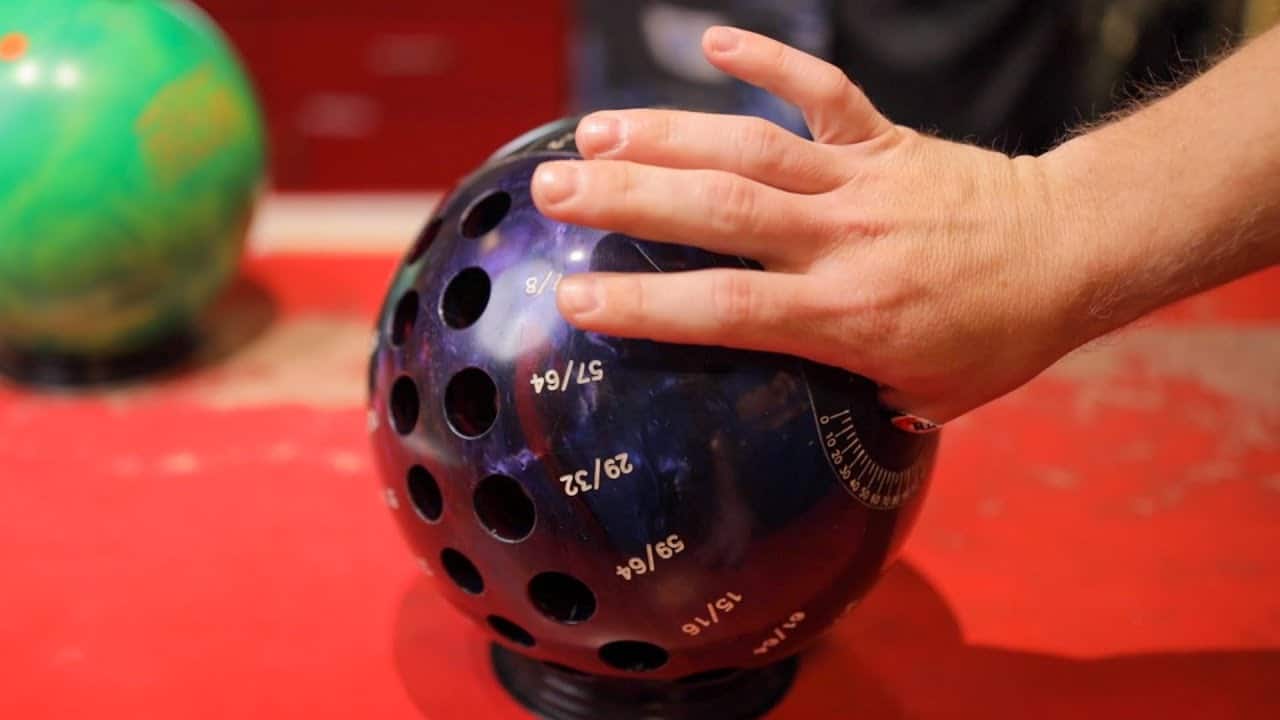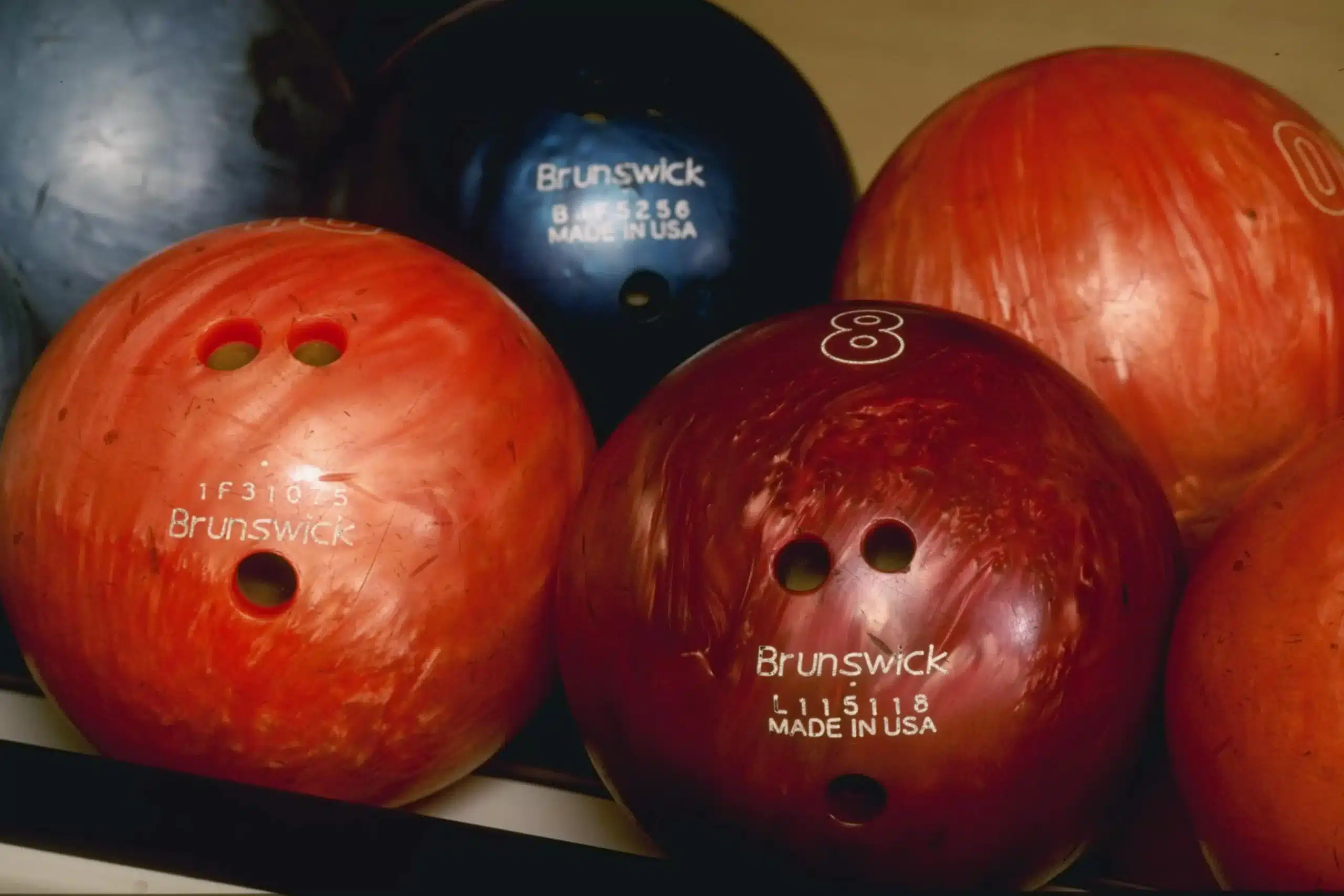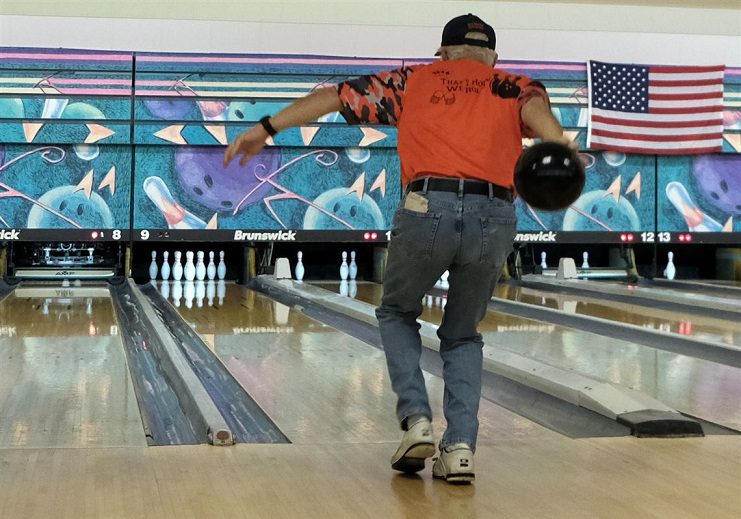Are you interested in the critical distinctions between reactive and plastic bowling balls? Look no further! In this article, we uncover the defining factors that set these two types of bowling balls apart. Whether you’re a seasoned bowler or a curious novice, this informative read will shed light on the contrasting characteristics of reactive and plastic bowling balls, helping you make an informed decision during your next trip to the bowling alley.
Review contents
Materials
Reactive
Reactive bowling balls are made from a blend of resin and other additives. These materials allow the ball to absorb oil from the lane and create friction, resulting in a more assertive and more aggressive hook potential. The reactive coverstock on these balls provides a powerful and dynamic reaction to the lane conditions.
Plastic
Plastic bowling balls, on the other hand, are made from polyester or urethane. These materials do not absorb oil or create much friction with the lane. As a result, plastic balls have a lower hook potential and offer a more controlled and predictable trajectory. They are generally smoother and less aggressive in their reaction.
Composition
Reactive
Reactive bowling balls have a solid or pearl coverstock composition, which affects their overall performance. Solid reactive balls have a consistent reaction and are suitable for medium to heavy oil conditions. On the other hand, pearl reactive balls have a polished outer surface and provide a more angular reaction on lighter oil patterns.
Plastic
Plastic bowling balls have a solid composition, typically made of polyester or urethane. The solid coverstock allows for more control and predictability, making them popular for beginners or those who prefer a straighter trajectory. These balls are less affected by the lane conditions and are more forgiving in accuracy.
This image is the property of www.kidslearntobowl.com.
Performance
Hook Potential
Reactive bowling balls have a significantly higher hook potential compared to plastic balls. The reactive coverstock and the materials used in their construction allow them to create more friction with the lane, resulting in a stronger backend reaction. This increased hook potential can benefit experienced bowlers who want to take advantage of oil patterns and maximize pin carry.
Plastic bowling balls, on the other hand, have a lower hook potential. They have less friction with the lane, so their reaction will be much more subdued. While they may not have the same hook potential as reactive balls, this can benefit bowlers who prefer a straighter shot or beginners who are still working on their accuracy.
Length
Reactive bowling balls are known for retaining energy and covering more distance down the lane. Their aggressive coverstock and core design allow them to skid through the oil and transition smoothly into a strong backend reaction. Reactive balls’ length can be advantageous on more extended oil patterns where a more robust and angular backend motion is desired.
Plastic bowling balls, on the other hand, have a shorter length due to their lower friction with the lane. They tend to have a more controlled, laminar motion that does not cover as much distance. This characteristic can be advantageous on shorter oil patterns or when precision and control are the main focus.
Control
When it comes to control, plastic bowling balls have a clear advantage. Their lower hook potential and predictable trajectory make them easier to control for bowlers of all skill levels. This control allows bowlers to hit their target consistently, making them a reliable choice for spares or those who prefer a straighter shot.
Reactive bowling balls, on the other hand, require a higher level of skill to control effectively. Their stronger backend reaction and increased hook potential can be a double-edged sword. While they provide the opportunity for higher scores and pin carry, they also require precise shot-making and adjustments to match the changing lane conditions.
Oil Absorption
Reactive
Reactive bowling balls are designed to absorb oil from the lane. These balls’ coverstock composition and surface texture allow them to create friction with the oil, resulting in increased hook potential. However, this oil absorption also means that reactive balls can become saturated over time, causing their performance to deteriorate. Regular cleaning and maintenance are essential for preserving their reactive properties.
Plastic
Plastic bowling balls do not absorb oil from the lane due to their solid composition. This property makes them less susceptible to oil saturation and helps maintain their performance over extended periods. Plastic balls require less maintenance and cleaning than reactive balls, making them an attractive option for bowlers who prefer a low-maintenance bowling ball.
This image is the property of bowlingworld.biz.
Coverstock
Reactive
Reactive bowling balls have a coverstock made of resin and other additives. This coverstock is responsible for the ball’s reaction to the lane conditions. The type of reactive coverstock, whether solid or pearl, affects the ball’s overall performance. Solid reactive balls consistently react throughout the lane and are more suitable for heavy oil conditions. On the other hand, Pearl reactive balls have a polished surface that allows for a stronger backend reaction on lighter oil patterns.
Plastic
Plastic bowling balls have a coverstock made of polyester or urethane. This solid coverstock provides a smooth and controlled trajectory, giving bowlers more precision and predictability. Plastic balls are less affected by the lane conditions and offer a more consistent reaction than reactive balls. This makes them popular for beginners and bowlers who prefer a straighter shot.
Suitability
Reactive
Reactive bowling balls are ideal for experienced bowlers who want to take advantage of oil patterns and maximize pin carry. These balls’ higher hook potential and aggressive reaction can be advantageous in medium to heavy oil conditions. However, they require more skill and shot-making to control effectively. Reactive balls are not recommended for beginners or bowlers who prefer straighter trajectories.
Plastic
Plastic bowling balls are suitable for bowlers of all skill levels, especially beginners still working on their accuracy. Their lower hook potential and predictable trajectory make them easy to control and provide a straighter shot. Plastic balls are also famous for spare shooting, as their controlled motion helps consistently hit the target. However, experienced bowlers may find the limited hook potential of plastic balls less suitable for challenging lane conditions.
This image is the property of i.ytimg.com.
Price
Reactive
Reactive bowling balls tend to be more expensive compared to plastic balls. The intricate construction and advanced materials used in their production contribute to the higher price tag. Additionally, reactive balls’ performance and hook potential make them popular among competitive bowlers, driving up demand and price.
Plastic
Plastic bowling balls are generally more affordable compared to reactive balls. Plastic balls’ straightforward construction and materials contribute to their lower price point. These balls are often considered entry-level options and are more commonly used by casual bowlers or beginners who prefer a straighter shot.
Durability
Reactive
The durability of reactive bowling balls can vary depending on factors such as the quality of materials used and the level of maintenance. The coverstock of reactive balls is prone to wear and tear, especially when exposed to heavy oil conditions. The level of oil absorption can also affect the overall performance and longevity of the ball. Regular cleaning and maintenance, along with proper storage, can help prolong the lifespan of a reactive bowling ball.
Plastic
Plastic bowling balls are known for their durability and longevity. Plastic balls’ solid composition and limited absorption properties make them less susceptible to wear and tear. They can withstand extended use and are less affected by lane conditions, resulting in a ball that maintains its performance over an extended period. Plastic balls require less maintenance and can be cost-effective for those looking for a long-lasting bowling ball.
This image is the property of i.ytimg.com.
Maintenance
Reactive
Proper maintenance is crucial for the performance and longevity of reactive bowling balls. Due to their oil absorption properties, reactive balls require regular cleaning to remove the absorbed oil and retain its reaction potential. This typically involves using specialized cleaners or soaking the ball in a cleaning solution. Regular polishing and resurfacing may also be necessary to maintain the ball’s surface texture and enhance its performance.
Plastic
Plastic bowling balls require less maintenance compared to reactive balls. Their solid composition and low oil absorption properties make cleaning more straightforward. Regular wiping with a microfiber cloth or mild cleanser is usually sufficient to keep the ball clean. Additionally, occasional polishing or resurfacing may be needed to restore the ball’s surface texture and ensure optimal performance.
Applications
Reactive
Reactive bowling balls excel in various applications, primarily in competitive or medium to heavy oil conditions. Their higher hook potential and aggressive reaction suit bowlers want to maximize pin carry and use oil patterns. Experienced bowlers who have developed the skill and shot-making abilities to control reactive balls will benefit the most from their dynamic performance.
Plastic
Plastic bowling balls have many applications, making them suitable for bowlers of all skill levels and varying lane conditions. Their lower hook potential and controlled trajectory provide a reliable and predictable shot, making them an excellent choice for beginners, casual bowlers, and those aiming for consistent spare shooting. Plastic balls are versatile and can be used on various oil patterns, making them a popular option for multiple applications.
In conclusion, the difference between reactive and plastic bowling balls lies in their materials, composition, performance characteristics, suitability for different lane conditions, price, durability, and maintenance requirements. Reactive balls offer a higher hook potential, longer length, and more aggressive reaction, making them ideal for experienced bowlers looking to exploit oil patterns. On the other hand, plastic balls provide more control, a straighter trajectory, and require less maintenance, making them suitable for beginners and bowlers who prefer a consistent and predictable shot. The choice between reactive and plastic bowling balls ultimately depends on individual skill level, playing style, lane conditions, and personal preferences.
This image is the property of beginnerbowlingtips.com.









![Spare bowling ball Top 10 in 2024. (reviews) Top 10 Best Spare Bowling Balls [2021 Reviewed]](http://landofbowling.com/wp-content/uploads/2021/07/Top-10-Best-Spare-Bowling-Balls-2021-Reviewed.jpg)






